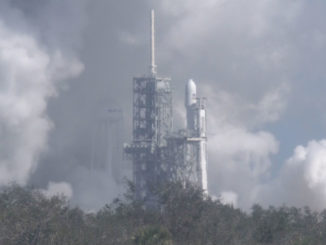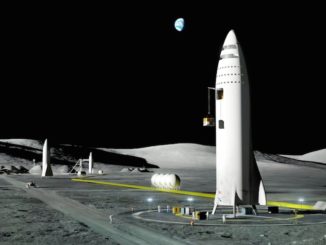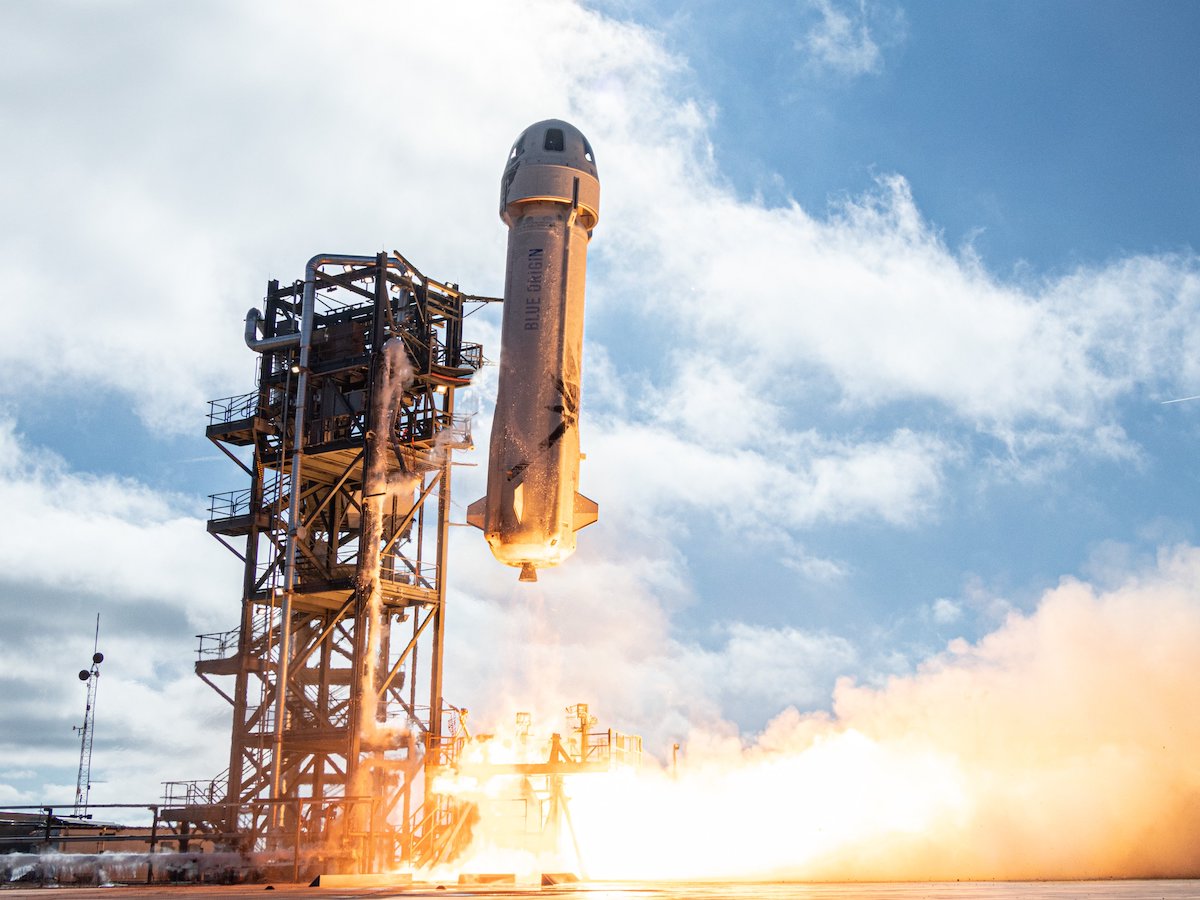
NASA says it is interested in flying astronauts and scientists on commercial suborbital vehicles, like those being tested by Virgin Galactic and Blue Origin, to provide additional training and research opportunities augmenting missions to the orbiting International Space Station.
The space agency announced this week the establishment of a Suborbital Crew, or SubC, office within NASA’s Commercial Crew Program, which has overseen development of new orbital-class space capsules by SpaceX and Boeing. SpaceX’s Crew Dragon spacecraft became the first commercial ship to carry astronauts into orbit May 30.
NASA said Tuesday it is seeking input from commercial industry as the agency develops a plan to purchase seats for astronauts and researchers on privately-funded suborbital vehicles.
Virgin Galactic and Blue Origin are testing vehicles that can carry space tourists and researchers above the discernible atmosphere — at altitudes between 50 and 68 miles (about 80-110 kilometers) — providing several minutes of microgravity for people to float out of their seats, take in the view, and perform experiments. The duration of a suborbital flight on a small-scale rocket does not offer the long-term exposure to microgravity and the space environment provided by the space station, but the experience lasts longer than parabolic flights on a zero gravity training aircraft.
“NASA is developing the process to fly astronauts on commercial suborbital spacecraft,” tweeted NASA Administrator Jim Bridenstine. “Whether it’s suborbital, orbital, or deep space, NASA will utilize our nation’s innovative commercial capabilities.”
NASA officials said they expect commercial suborbital spaceflight capabilities to be more affordable and routine than missions to the International Space Station. Suborbital flights could help NASA test and qualify spaceflight hardware, support human-tended microgravity research, and provide additional training opportunities for astronauts and other NASA personnel, the agency said in a statement.
“The agency has developed an intensive, comprehensive training program for astronauts and astronaut candidates, and suborbital crew space transportation services could provide even more training opportunities for NASA astronauts, engineers, scientists, operators, and trainers,” NASA said.
The request for information released to industry Tuesday seeks ideas for how NASA should assess safety and other technical factors of suborbital spacecraft, and how NASA should purchase sides on suborbital vehicles for the agency’s astronauts and employees.
Scott Colloredo, manager of the new suborbital office within NASA’s Commercial Crew Program, said Tuesday that advancements made by companies like Blue Origin and Virgin Galactic have demonstrated that industry is “very close to ready” for commercial passenger flights to the edge of space.
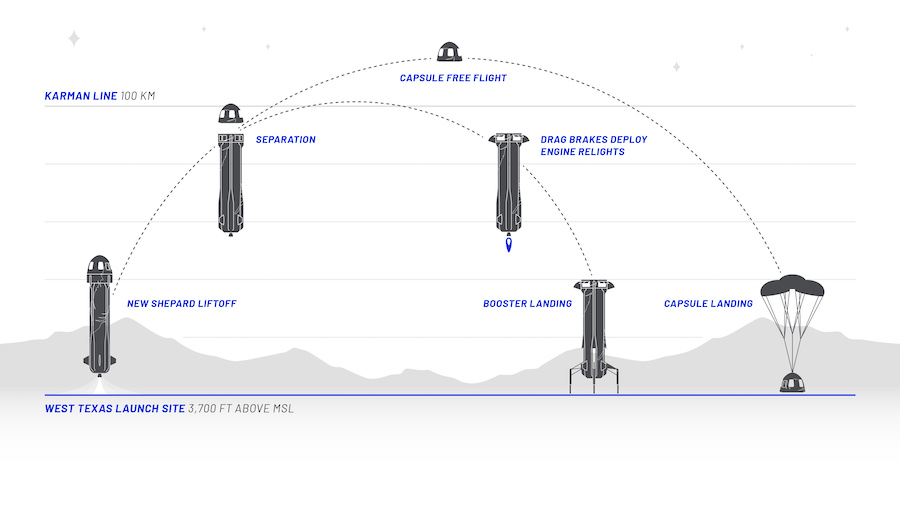
“Both Blue Origin and Virgin Galactic, we being in the same industry and interacting with them for a long time … we’ve kept an eye on it, and I would say those are the main ones who have driven us to say we could be close to a viable capability here,” Colloredo said Tuesday in a conference call with reports. “Beyond that, we’re not really sure. We would accept any offers, but those are the two that I would say are driving (NASA’s interest) the most, and it’s mainly the fact that they’re actually flying.
“These are real providers that are maturing, and we see them as becoming more and more viable,” Colloredo said. “I would say that’s the main reason that we think that now is the time to start looking into this as being something we can take advantage of.”
The New Shepard suborbital system developed by Blue Origin, founded by Amazon.com billionaire Jeff Bezos, includes a single-stage rocket powered by a hydrogen-fueled BE-3 engine and a crew capsule. Both parts of the vehicle are reusable, with the rocket coming back to the ground for a propulsive vertical landing, and the crew capsule returning to Earth under parachutes.
The New Shepard, which launches from Blue Origin’s test site in West Texas, can carry up to six passengers beyond the internationally-recognized boundary of space before its crew capsule returns to the ground around 10 minutes after liftoff.
Virgin Galactic, a business venture established as part of Richard Branson’s Virgin Group, uses an air-launched rocket plane named SpaceShipTwo to carry up to six passengers to the edge of space. Unlike Blue Origin’s New Shepard, which is entirely autonomous, the SpaceShipTwo vehicle will fly with two pilots who will manually control the rocket plane on each mission.
After dropping from an airplane mothership over Virgin Galactic’s base in New Mexico, SpaceShipTwo ignites a rocket motor to accelerate toward space. After a few minutes if microgravity, the pilots steer the rocket plane back to a runway landing.
Virgin Galactic has flown test pilots on suborbital space missions, but has not started commercial service. The company’s chief astronaut instructor — Beth Moses — accompanied test pilots on a SpaceShipTwo flight to an altitude of 55.9 miles (89.9 kilometers) last year to evaluate the vehicle’s passenger cabin.
With 12 New Shepard flights in the books, Blue Origin has not flown any employees or passengers to space yet, and has not announced ticket prices. Virgin Galactic says it charges $250,000 for a ride on SpaceShipTwo.
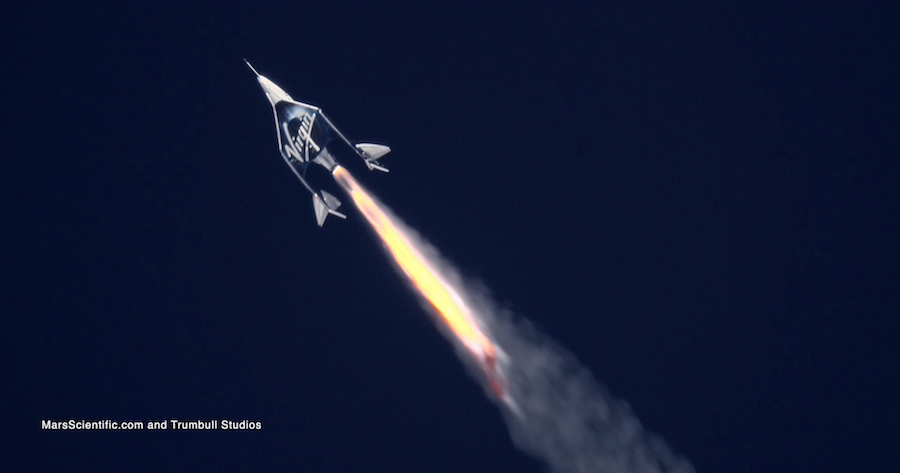
NASA officials say they expect suborbital rides to space will be safer than an orbital mission, but Colloredo said the agency is seeking information from companies like Virgin Galactic, Blue Origin, and others before gauging their risks.
NASA’s has required the Crew Dragon and Starliner orbital commercial spacecraft developed by SpaceX and Boeing have a “loss-of-crew” probability of no more than 1-in-270 on each mission. The risk metric evaluates the probability that a mission could result in the death of a crew member.
While NASA was directly part of the development of the Crew Dragon and Starliner, the agency was not heavily involved in the design and testing of Virgin Galactic and Blue Origin’s suborbital rockets.
“We’ve seen how industry can develop innovative crew transportation systems that meet NASA’s safety requirements and standards,” said Kathy Lueders, associate administrator for Human Exploration and Operations at NASA Headquarters. “Now we’ll be looking at a new way of enabling NASA personnel to fly on commercial suborbital space systems by considering factors such as flight experience and flight history.”
“Suborbital human spaceflight has the potential to provide NASA a great way to meet the agency’s needs and continue our efforts to enable a robust economy in space,” said Phil McAlister, director of Commercial Spaceflight Development at NASA Headquarters. “It is notable that no NASA funds were used for the development of suborbital vehicles, but we can participate in the market as a buyer. The U.S. aerospace industry is proving again that it is technically and financially capable of developing safe, reliable, and cost-effective space systems.”
NASA has not flown employees as part of a suborbital human spaceflight program since the 1960s, when Mercury capsules and X-15 rocket planes carried test pilots to the edge of space.
NASA has flown experiments on Virgin Galactic and Blue Origin test flights, and the agency recently announced plans to allow non-NASA researchers to accompany their experimental payloads on suborbital flights.
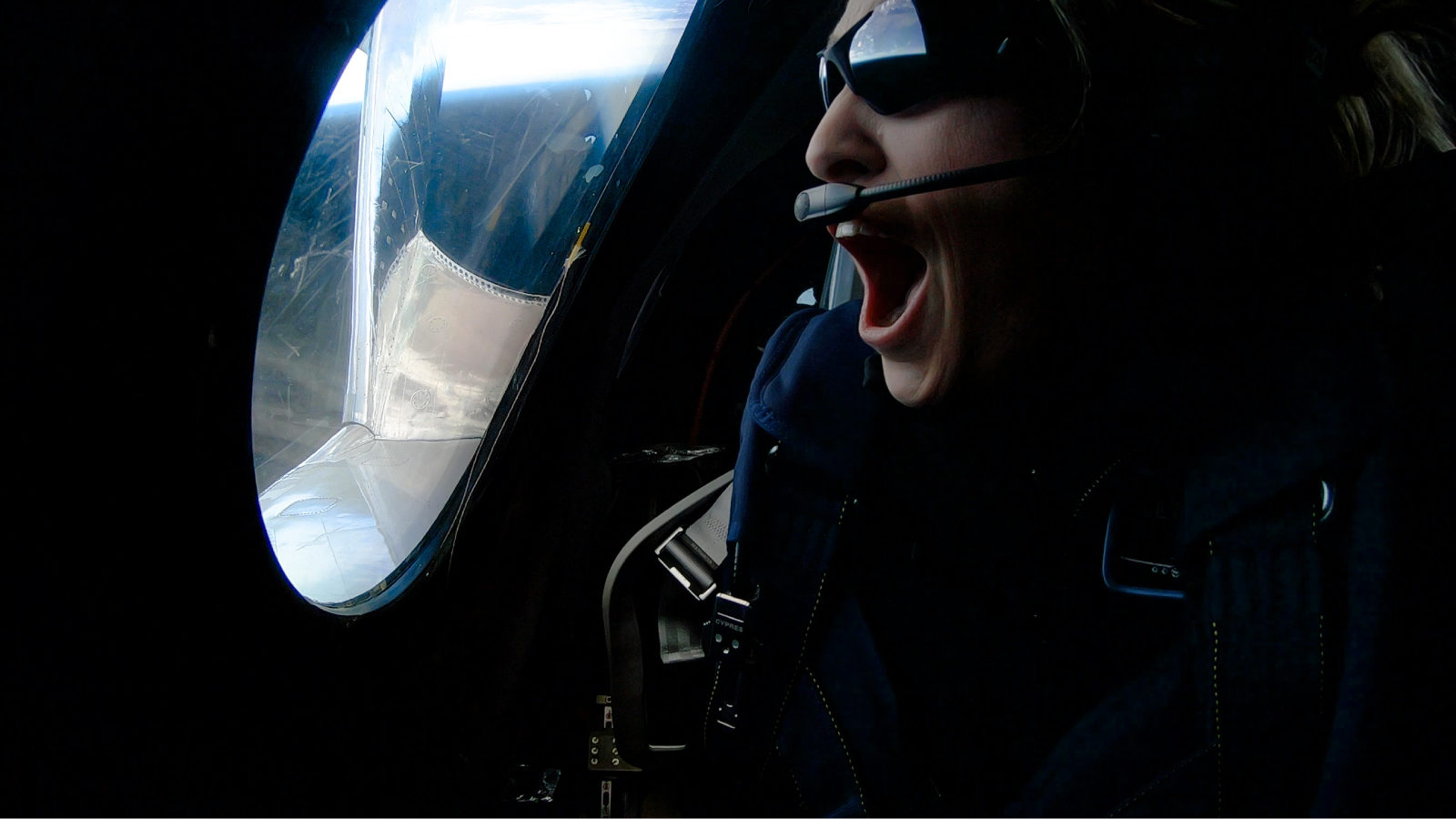
Colloredo told reporters Tuesday that NASA is just starting the process to determine what services it might week from suborbital spaceflight providers.
“We’re really looking for industry to help drive this, for them to come in and tell us what’s available,” he said.
“We expect … that the capabilities are pretty much there,” Colloredo said. “My guess is we have some unique capabilities that we may need, like any mission-unique requirement for any program. But by and large, we expect to go right into purchasing commercial services as opposed to developing a capability.”
Colloredo said NASA is focused on access to a microgravity environment, which is provided by the suborbital vehicles from Virgin Galactic and Blue Origin. But he said NASA is “open” to hearing from other companies, such as Space Perspective, which announced earlier this month plans to use a high-performance balloon to loft passengers into the upper atmosphere, where they would spend up to two hours in a pressurized capsule at an altitude of 100,000 feet (30 kilometers).
Email the author.
Follow Stephen Clark on Twitter: @StephenClark1.

